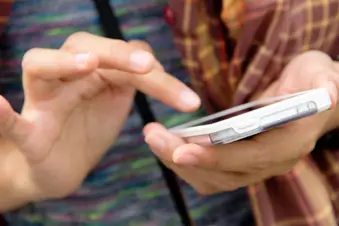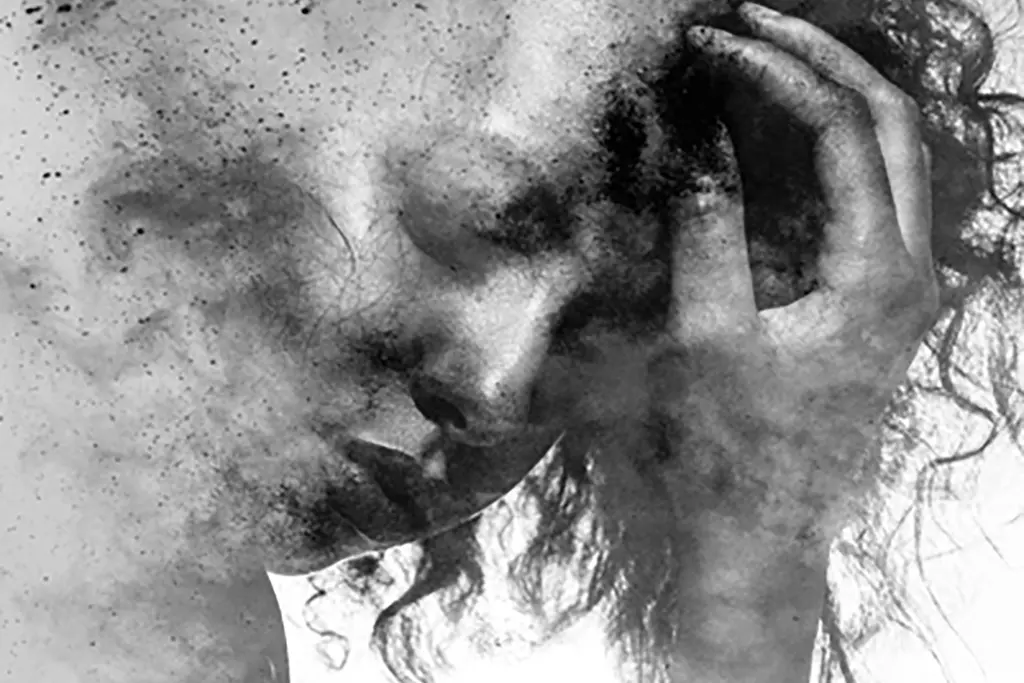
Your smartphone and other devices can be a big help when it comes to treating major depressive disorder (MDD).
“There’s a bunch of online platforms, apps, and tech out there that can really help you stay on track,” says Sean O’Neill, LMFT, a clinical director at West Side Recovery in San Diego.
Apps that track your mood, remind you to take medication, or even guide you through meditation are just some of the options. And virtual therapy sessions, along with online support groups, are options, too. Here’s what you need to know.
Mood Trackers and Medication Reminders
Symptom tracking apps, like Moodfit and eMoods, help you keep an eye on how you’re feeling. They use smartphone sensors to track things like how many social interactions you have, the tone and speed of your voice, and movement patterns. Some apps also can be paired with other devices to track your heart rate, blood pressure, and breathing patterns.
The apps give you feedback so you can spot patterns over time. Some apps, like What’sMyM3, alert you if it’s time to reach out to your therapist.
Sonnet Daymont, LMFT, a psychotherapist in Pasadena, California, says some of her clients use Mood Journal: CBT AI Tracker, a journaling app that shows you graphs of trends.
“It also provides articles and mindfulness activities if you report a low mood,” she says.
Some of these apps use AI to assess how you’re doing, which can be helpful but has limitations. For example, Daymont says Apple Health’s Clarity: CBT Self Help Journal is popular, but it encourages the use of AI chatbots, which she doesn’t recommend for people struggling with MDD.
“I’d ask them to call me instead so we can use personalized, evidence-based practice together until they’re able to use our tools correctly on their own,” she says.
If you’re having trouble remembering to take your medication, apps like Medisafe or MyTherapy can help.
Mindfulness, Relaxation, and Cognitive Behavioral Therapy
“When we feel depressed, our nervous system is often in shut-down mode,” says Londyn Miller, PsyD, LMFT, a therapist based in New York City and Los Angeles. “But we can manipulate it back to balance via meditation, breathwork, an energizing playlist, or an inspiring mood board.”
Apps like Headspace, Calm, and Breathe2Relax guide you through meditation and deep breathing exercises. Insight Timer, which both Daymont and Miller recommend, has videos and tutorials on relaxation and grounding techniques.
Use digital music services like Spotify or Apple Music to create a playlist of your favorite pick-me-up tunes. Head to Pinterest to create a mood board that inspires you. Or download mindfulness audiobooks on Audible.
“Jon Kabat-Zinn’s Full Catastrophe Living should be in everyone’s Audible, but especially for those with major depressive disorder,” Daymont says.
Your therapist may recommend apps and online programs like Woebot and Deprexis, which offer cognitive behavioral therapy (CBT)-based interventions to help you learn how to get past negative thoughts and behavior patterns. You may need an access code from your provider to use one of these apps. That’s because they’re meant to be used along with therapy, not as a standalone treatment.
Online Therapy and Support
In-person counseling sessions aren’t a convenient option for everyone. But with telehealth, you can talk to a therapist on your computer, smartphone, or tablet from anywhere.
“Something like BetterHelp or Talkspace can be a lifesaver for virtual therapy sessions,” O’Neill says. “They let you access licensed professionals from anywhere, which is huge for anyone who struggles to get to in-person appointments.”
But there are mixed reviews. Some mental health professionals don’t recommend them because they say company policies can sometimes make it difficult to provide consistent, high-quality treatment.
“I, personally, am not a fan of online platforms like Grow and BetterHelp,” Daymont says.
Some have had privacy issues. For example, the Federal Trade Commission issued an order against BetterHelp, saying it revealed sensitive data to third parties like Facebook and Snapchat.
“Just like with anything else, you usually get quality equivalent to what you pay for it,” Daymont says.
She recommends working with a therapist in private practice if you’re interested in virtual sessions.
“Many small practices keep your notes and records offline, and offer more privacy than the big technology companies,” Daymont says.
It’s also important to make sure you’re seeing a licensed mental health professional who specializes in depression.
Online peer support groups can be a part of your toolkit, too. It’s often helpful to interact with people who are dealing with the same issue.
The National Alliance on Mental Illness (NAMI) website is a good starting place to help you find one.
Pros and Cons of Technology
Technology has many benefits, including convenience, anonymity, easy access to care, and lower cost.
“You can get support anytime, and there’s a wide range of options to suit your personal needs, from meditation to CBT,” O’Neill says. “You also get to track progress, which can be motivating when you’re feeling low.”
But experts agree that technology doesn’t replace human connection. It’s OK to use it as an extra resource, but it shouldn’t be your primary treatment.
”Depression requires the attention of a well-educated human being who knows your history personally and cares about you,” Daymont says.
O’Neill says approaching technology with balance is key.
“Technology can be a tool to make progress, but it’s not the whole picture.”
Show Sources
Photo Credit: ponsulak/Getty Images
SOURCES:
Sonnet Daymont, licensed marriage and family therapist, Pasadena, California.
Londyn Miller, PsyD, licensed marriage and family therapist, New York City and Los Angeles.
Sean O’Neill, licensed marriage and family therapist, San Diego.
CNS Spectrums: “Digital health technologies and major depressive disorder.”
Blue Shield of California: “How to Ease Depression with Technology.”
Digital Therapeutic Alliance: “Deprexis.”
Federal Trade Commission: “BetterHelp, Inc., In the Matter of.”
National Alliance on Mental Illness: “Support Groups.”
National Institute of Mental Health: “Technology and the Future of Mental Health Treatment.”
Psychology Today: “Find a Support Group.”
University of Illinois Urbana-Champaign: “Depression: Common Assistive Technologies.”
